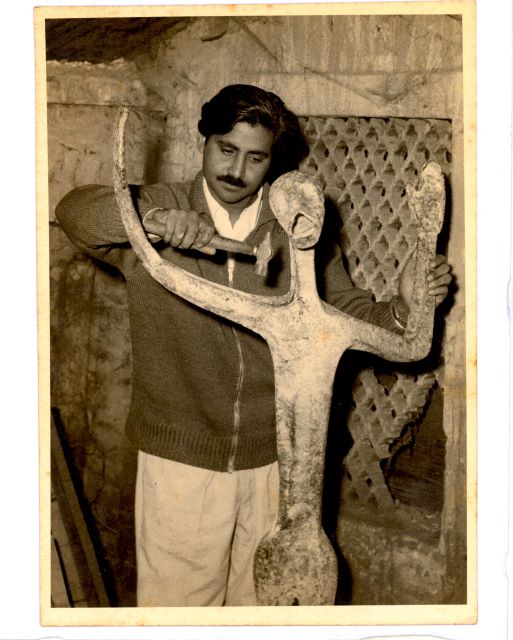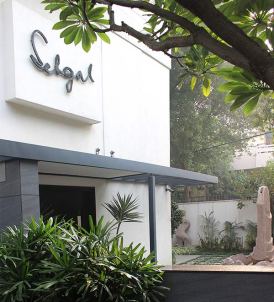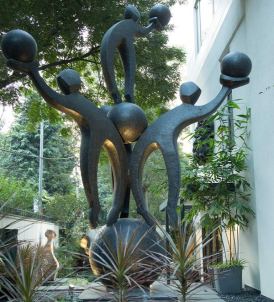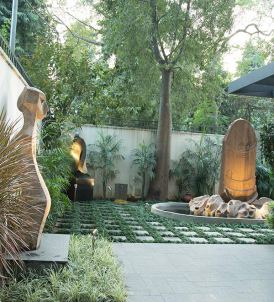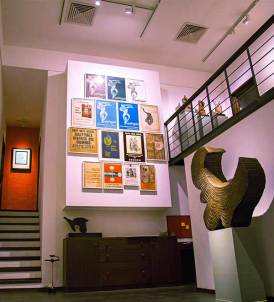Amar Nath Sehgal – An Artist for our Times
Documenting the Trauma of Partition, Hope for the Future…
[dropcap]D[/dropcap]elhi is always a city of surprises with layers upon layers of the past, and where history dwells in unexpected places. Horns blared in the crazy afternoon traffic as I was driven to the residential area of Jungpura Extension. I was visiting the Amar Nath Sehgal Private Collection : from outside, it looked like any other home in the area because it is, at its core, a home, the place where the master modernist lived and worked, dreamed and mused.
[dropcap]I[/dropcap]t is a living museum, one of probably only two in India, dedicated just to a single artist. As I approached it, a colossal sculpture of bronze came into view and suddenly it was no ordinary house but a very special place, a custodian of the past.
This 1550 sq foot space has been remodeled and expanded seamlessly to create a permanent display of a lifetime of art, divided into three levels housing archival photographs, sculptures, drawings and tapestries. Skillfully designed, this elegant museum keeps the spirit of the artist’s studio and fits right into the community. As I walked in, and sat down at a small table, I could almost feel the presence of the artist, for this was the place where he had lived upstairs and worked endless days in his studio downstairs.
I shared a cup of coffee with Rajan, the younger son of the artist and Director of the museum, surrounded by the evocative sculptures and watercolors, photographs, books and mementos. It has a very lived-in atmosphere, and the works seem of the moment, as if the artist had just finished creating them.
In reality, these go all the way back to the birth of the Indian Nation and embody the dreams and aspirations of a brave new India.
[dropcap]B[/dropcap]orn in Attock District, Pakistan on February 5, 1922, the fourth child of seven, Sehgal migrated with his family to a free India during the traumatizing Partition of 1947. While most refugees witnessed the horrors just once, 25-year-old Amar Nath had to relive them thrice because he had to return to Pakistan to pick up a younger sibling who had been left behind accidentally in the mayhem.
The complete breakdown of humanity – despair, abandonment and hopelessness – that he saw around him got etched in his psyche and later this state of the world found expression in his work. Yet, always his art had the spark of hope, the spirit of optimism.
Amar Nath Sehgal on the Partition of India – video
[dropcap]T[/dropcap]he artmaking came much later, for as part of a conventional middle-class family he was expected to pursue ‘real’ subjects like chemistry and physics. He even worked as an engineer but studied art on the side. Sehgal moved to New York in 1949, traveling for over 45 days by a container ship with ten other passengers, with hardly any money.
Mandira Row, resident curator, gave me a tour of the works and photos in the room. She said he had to take all sorts of odd jobs in New York in order to survive, washing dishes, tutoring students – and on bad days even had to sell his blood. He had an unheated apartment/studio where he slept with all his clothes on, including his shoes to beat the cold. He couldn’t afford a heater.
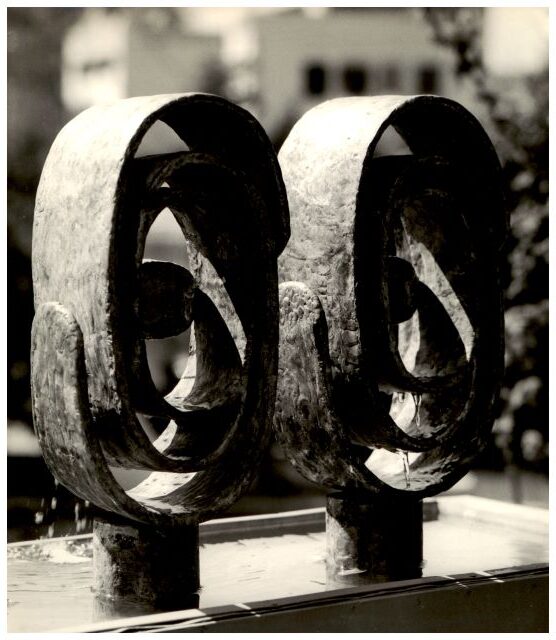
[dropcap]H[/dropcap]e studied art at New York University and found the faculty to be very helpful and lived and worked in the East Village and actually had two shows there. He absorbed the soaring art and spirit of the city which were invaluable to him after the trauma and chaos of the Partition. According to Row, he also underwent therapy and so America was almost like his salvation, giving him not only opportunities but answers to difficult questions, and the means to convey that catharsis and healing to others.
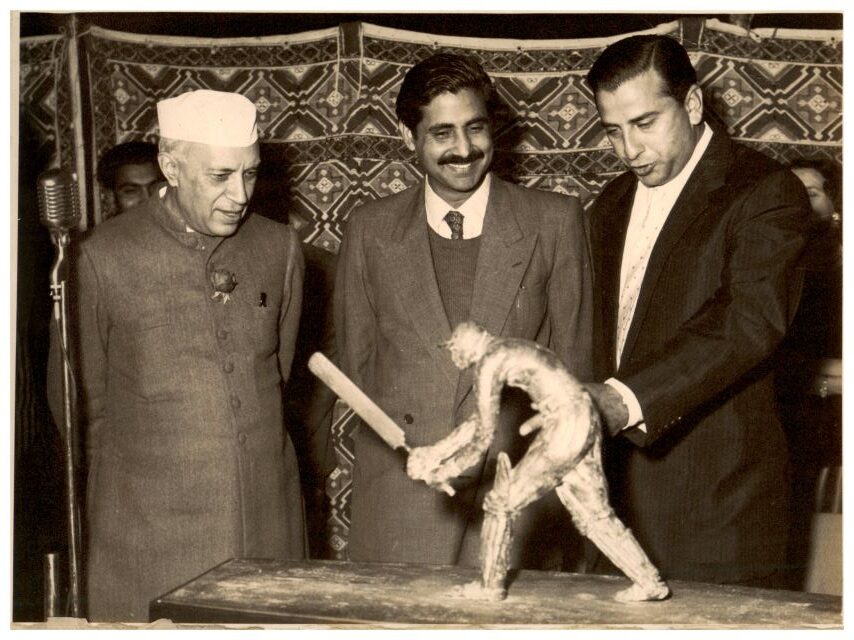
Unlike many other Indians, he never aspired to stay on in America and returned to India where he took a job teaching art at Modern School. There he met his wife-to-be Shukla Dhawan, a young English and Science teacher, and got married.
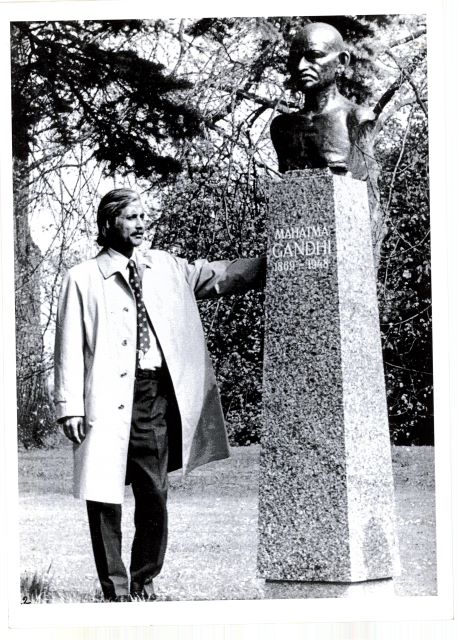
[dropcap]P[/dropcap]rime Minister Jawaharlal Nehru, building the new nation, was a visionary who wanted young people to return from the US and enrich their homeland with their talents. Sehgal was one of the three artists who was given a plot of land and encouraged to build his studio and create his work. Today that is where his museum stands with over sixty years of his artworks – sculptures, paintings, watercolors, tapestries – each evoking emotions and ideals which resonate even today.
Sehgal worked extensively on the revival of folk art and theater in India with the Ministry of Community Development, and his sculptures and paintings can be seen not only in public and private collections in India but also abroad at the Musee d’art Moderne de las Ville de Paris, the 20th Century Museum of Vienna and Berlin, the Israel Museum, the National Gallery of Modern Art and the White House Collection.
He had a special relationship with Luxembourg where he had an art exhibit at the Musée National d’Histoire et d’Arts in 1966 and lived there till 2004.
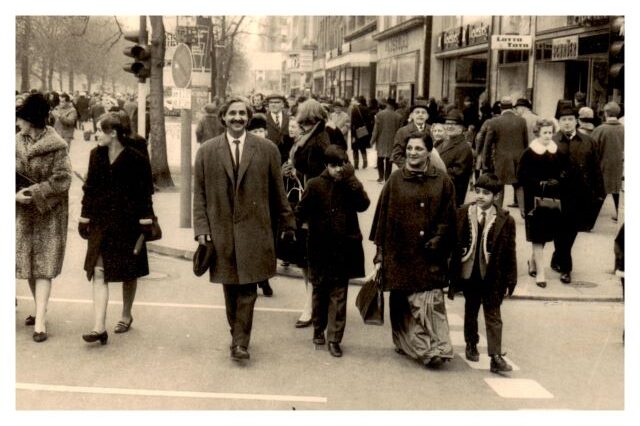
[dropcap]A[/dropcap]ccording to Rajan Sehgal, the Private Collection has its eye on the future: sponsoring young artists and their education. “We want to use this platform to inspire and support young artists and collaborative institutions to preserve art.”
At the same time, it is a living museum about the man and the artist, the humanist and the family man. A global wanderer who had lived in the US, and in Europe he had, by osmosis, taken on universal values and aspirations across borders and nations. Some of his powerful works are in major museums and speak of war and poverty and displacement – issues which are relevant even today. Sehgal, who passed away in 2007 at the age of 85, was (later, posthumously) awarded the Padma Bhushan, India’s highest honor from the Government of India.
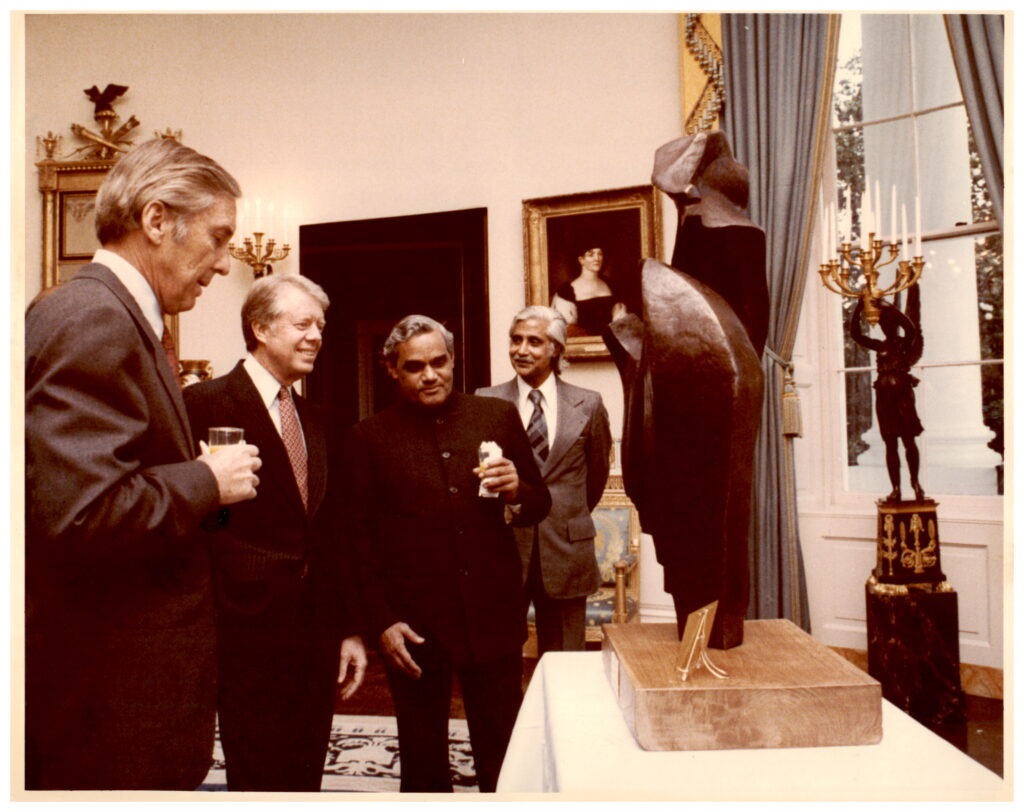
[dropcap]T[/dropcap]his is not just an art story, it’s also a special family love story. It is an ongoing living saga where his son and his grandson have also written about his art – it is all very personal. While browsing through the many stories about Amar Nath Sehgal, I came across one recounted by his grandson, Siddharth Sehgal. He was only 12 years old when he lost his grandfather, but he remembers how the artist encouraged him to always draw and even organized a solo art show for him, inviting neighbors over for lemonade. The paintings sold for the princely sum of a dinar each! Sehgal was very human and loved to share his passion for art with the younger generation.
Indeed, the past is blended with the present in this museum. The family felt it added several years to their mother’s life because it celebrates the past and refueled new memories for her as she got older. Mrs. Shukla Sehgal recently passed away at the age of 96 but the creation of the Private Collection certainly enriched her life.
It is now 76 years since Partition, but the story continues. Partitions continue to divide nations and people, as the globe lurches from one war, one atrocity to the next. Evil lurks in so many corners and Amar Nath Sehgal’s works are just as relevant today in raising consciousness and serving as a moral compass. These large-scale bronze and stone sculptures are a reminder to the world to never forget.
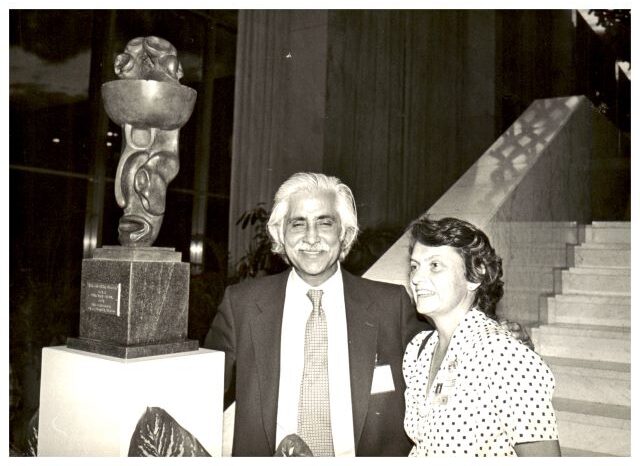
[dropcap]T[/dropcap]hings came full circle just this week, adding a humble footnote to the centennial saga. While browsing at the museum, we had brainstormed about the need for local children to be exposed to the spirit of the artist. I had returned home to New York and received a pack of pictures from Children’s Hope India – the idea we had discussed had materialized!
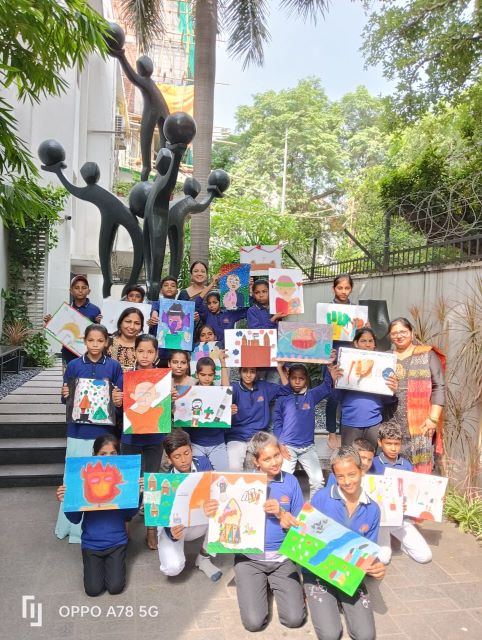
[dropcap]T[/dropcap]hese children, living a rough tough life in the slums of Delhi, had been invited to this beautiful museum/personal home to experience the work of the artist firsthand. They were given a bounty of paints and paper and welcomed to make his story their own by painting their versions of his art and the ethos it embodied. The results are joyous and insightful and show that the children ‘get it’. That gives one hope that his art will always live on because it involves the youth of the vibrant India that he always dreamed of – an India which belongs to everybody.
Indeed, in his centenary year Amar Nath Sehgal has received many accolades from world and national leaders and the art world. Yet I suspect this encounter with the energy of young blood, our brave new future, would have given him the most pleasure. I can see him standing on the landing of his home, smiling and raising a glass to the next hundred years.
Learn More:
I

